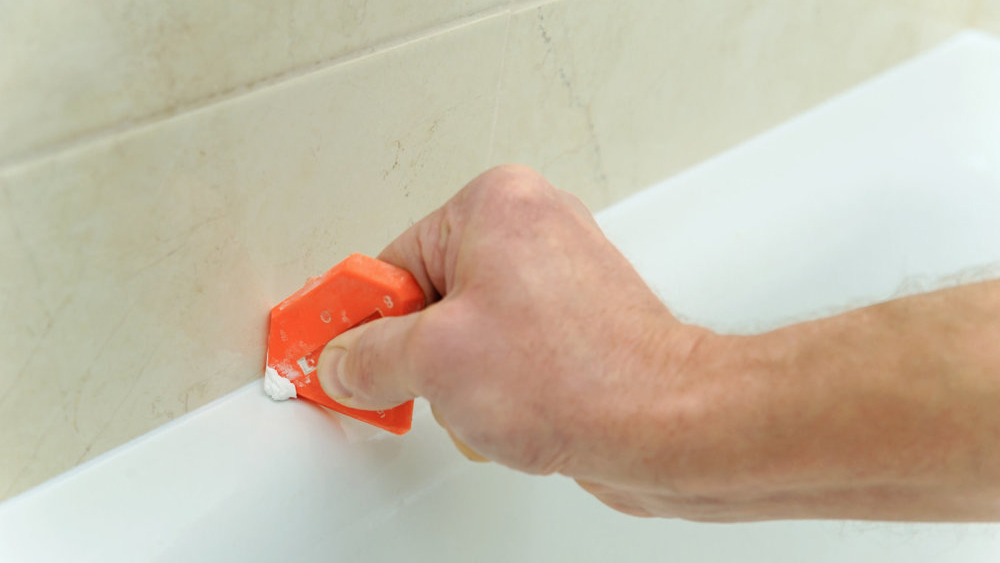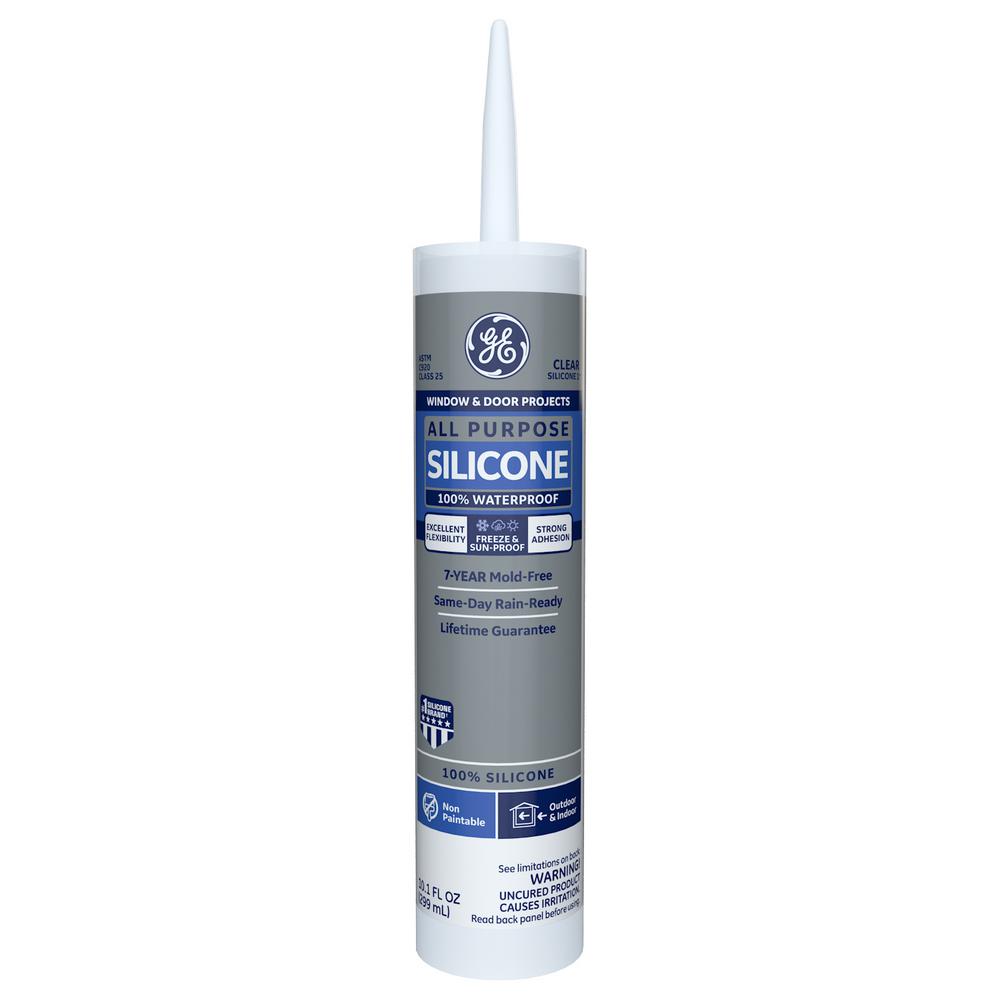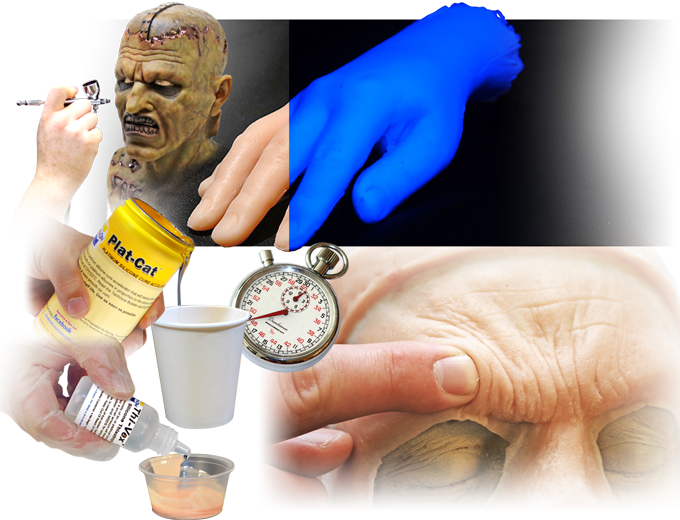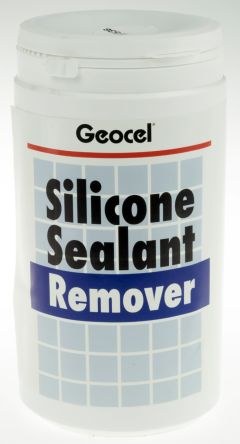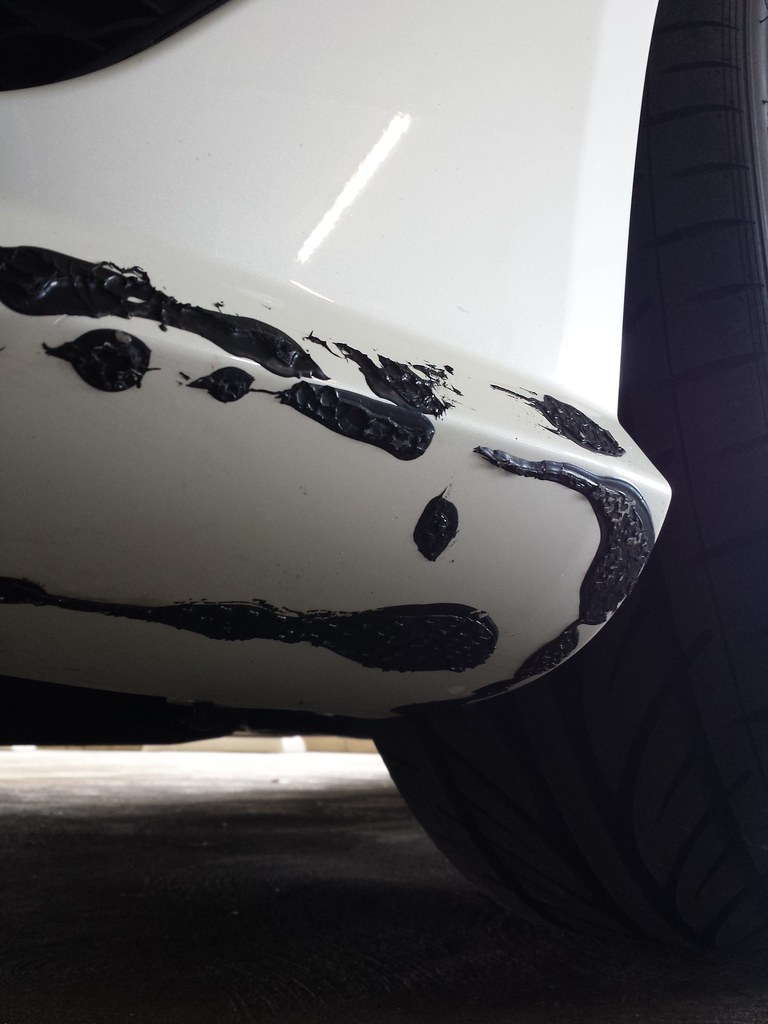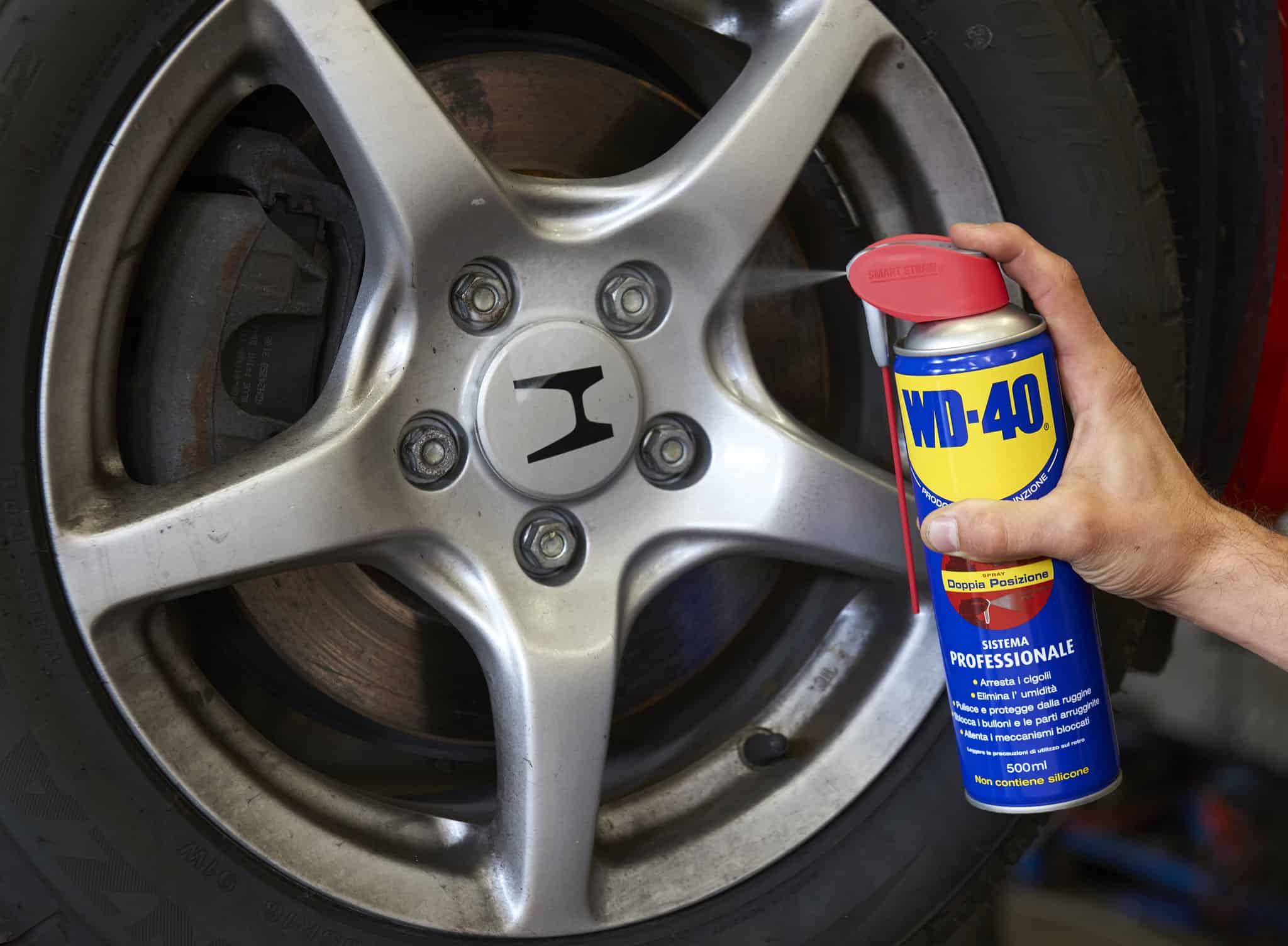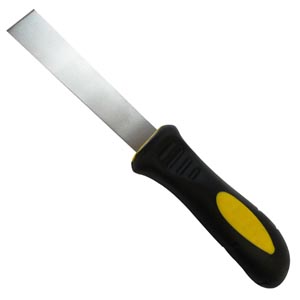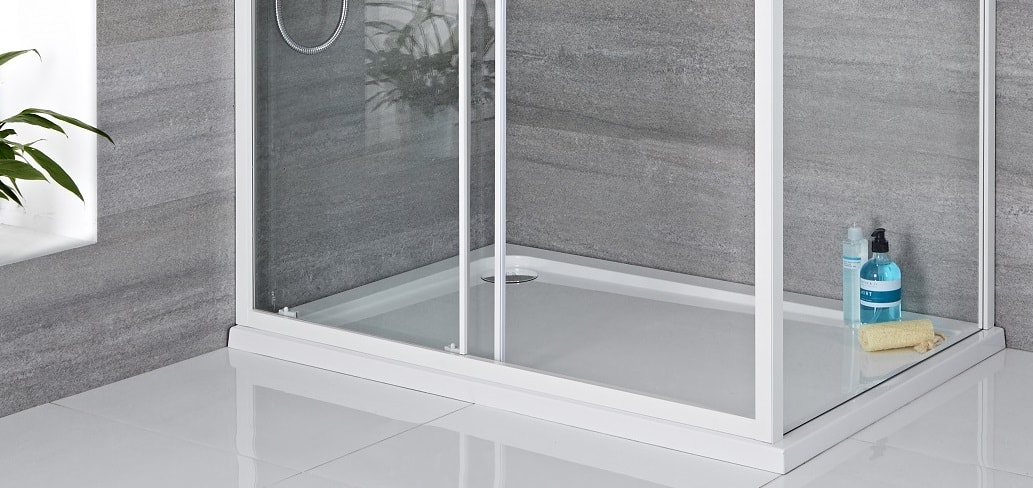Dissolve Silicone Rubber

If you find that the rubber isn t coming off like i did with this camera you will.
Dissolve silicone rubber. Continue until the caulk has broken free from the surface and then remove the caulk and rinse with water. Select the first caulk seam to remove. A common removal strategy is to soften the caulk with a generous amount of a softening agent and then cut it off with a knife or pull it off with pliers. A word of warning just a quick note before you get started.
Start to wipe away the rubber. Apply it to the caulk you want to remove let it sit for about 20 minutes and then apply more. Silicone caulk lasts for many years but it does wear out and when it does you need to remove it before you can apply fresh caulk. Wipe material with a clean rag or scrape from surface with permatex saferscraper.
Since then the process has been improved not only for rubber but also for silicone. Spread liberally on surface and let stand for several minutes to soften gasket material. If at all possible submerge the sealant. Pour the ethyl alcohol on top of the silicone rubber.
Keep applying and rubbing until all of. Use the utility knife or razor to make an incision on one side of the caulk seam. How silicone is made. Add some methylated sprits onto a clan cloth 2.
You should use this silicone digester and others like it only in dry conditions. Keep rubbing at the plastic and eventually the rubber will start to be removed. There are probably a fair few chemicals that can dissolve rubber but the best one i know of is acetone. Slice slowly and be careful not to cut into the wall.
Hold the knife so it is near the wall at the base of the silicone and slide the knife down the full length of the seam. Repeat if necessary until surface is free of gasket material. In 2011 the process is used not only to make long lasting tires but also to improve the characteristics of silicone sealants. You d need to soak the rubber in plenty of acetone rather than simply applying a little amount which would quickly dry out.
Silicone is the basis for a large number of elastomers polymers and synthetic rubbers. Allow longer contact time for thick layers.

